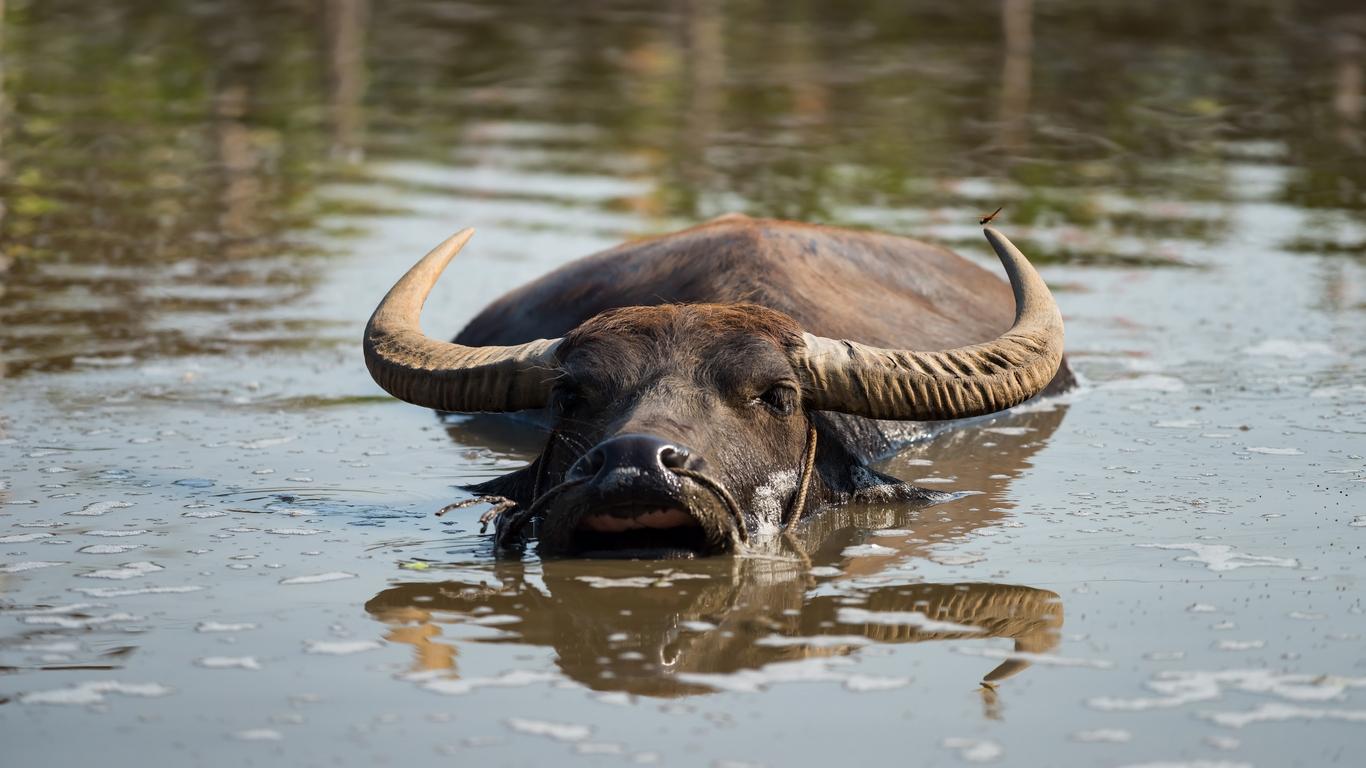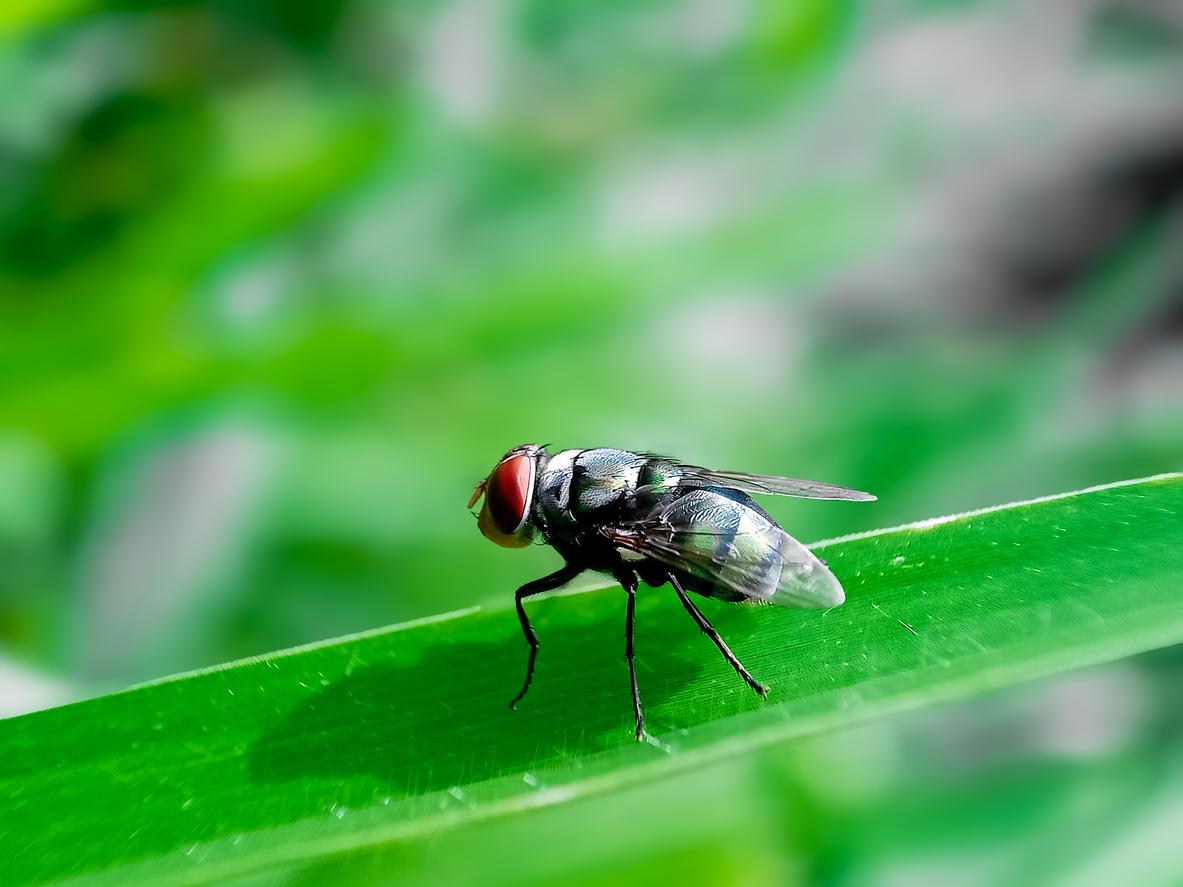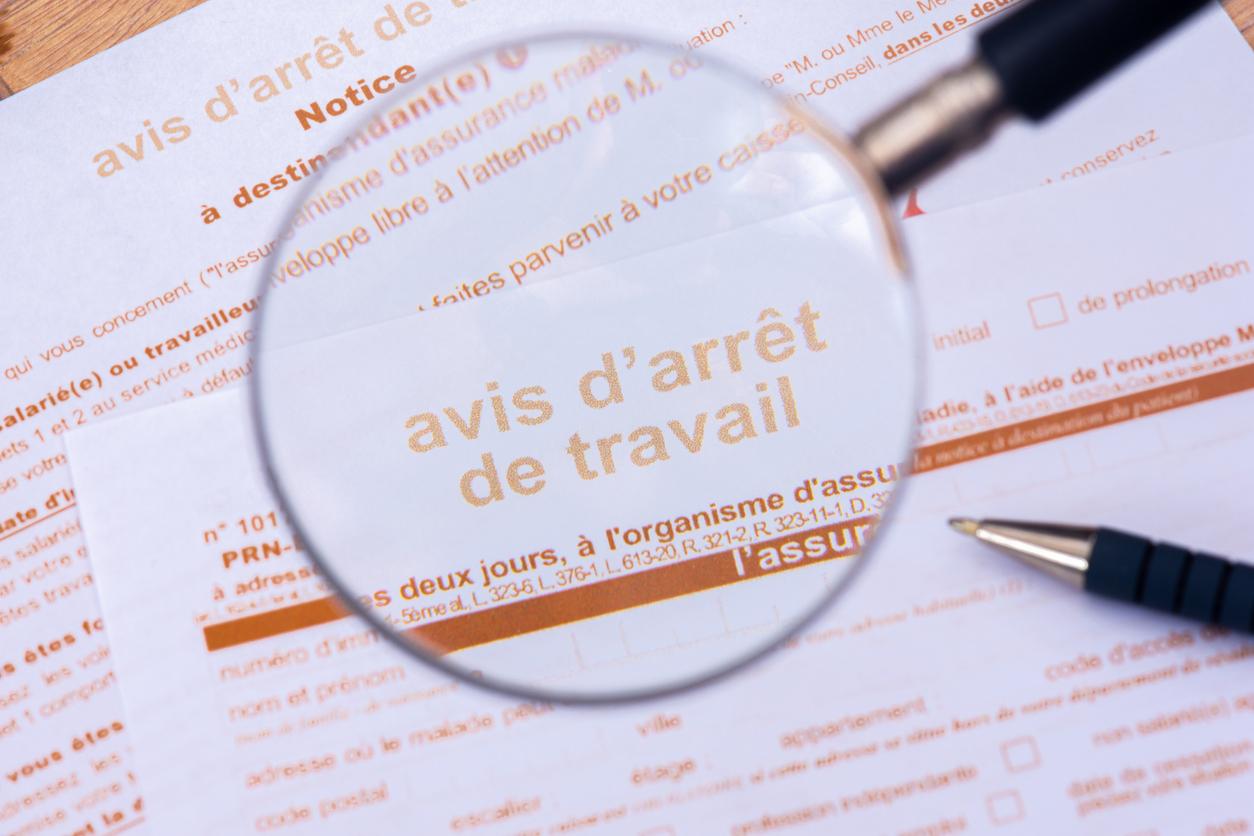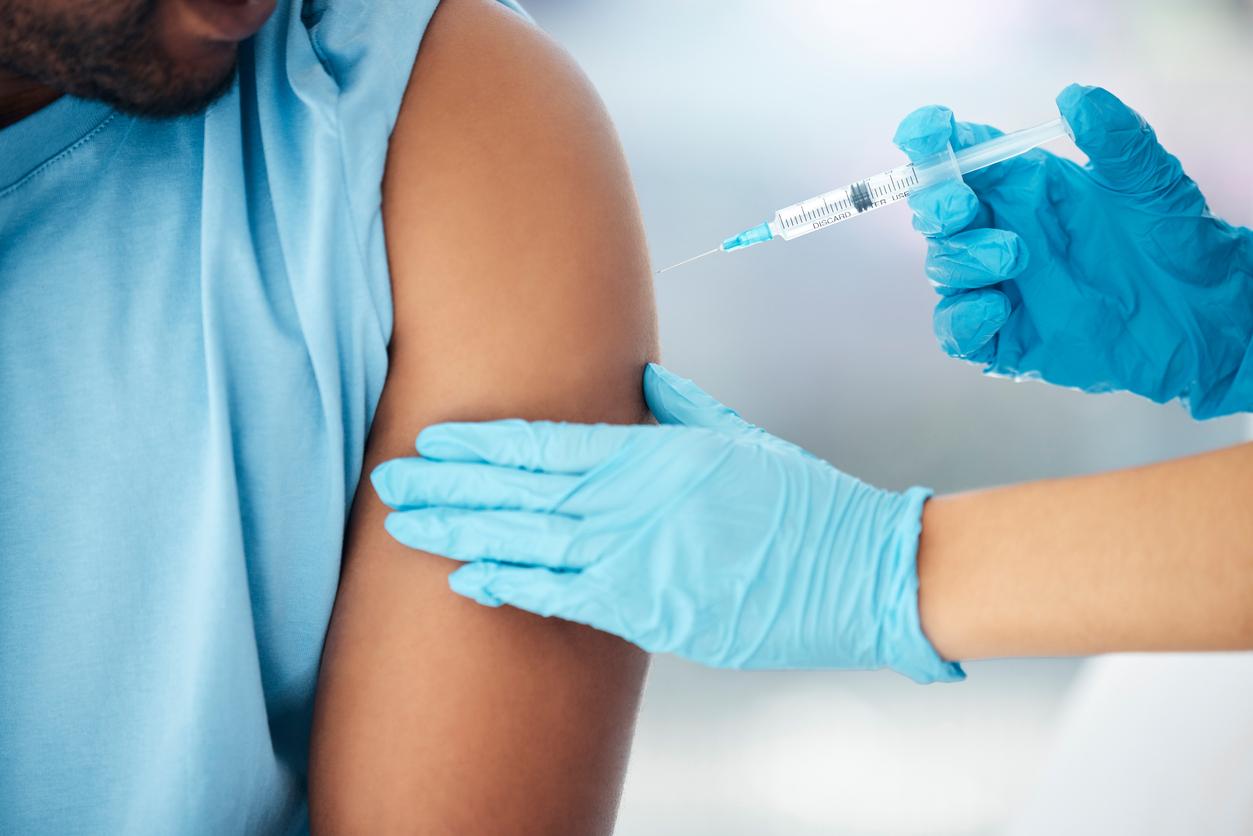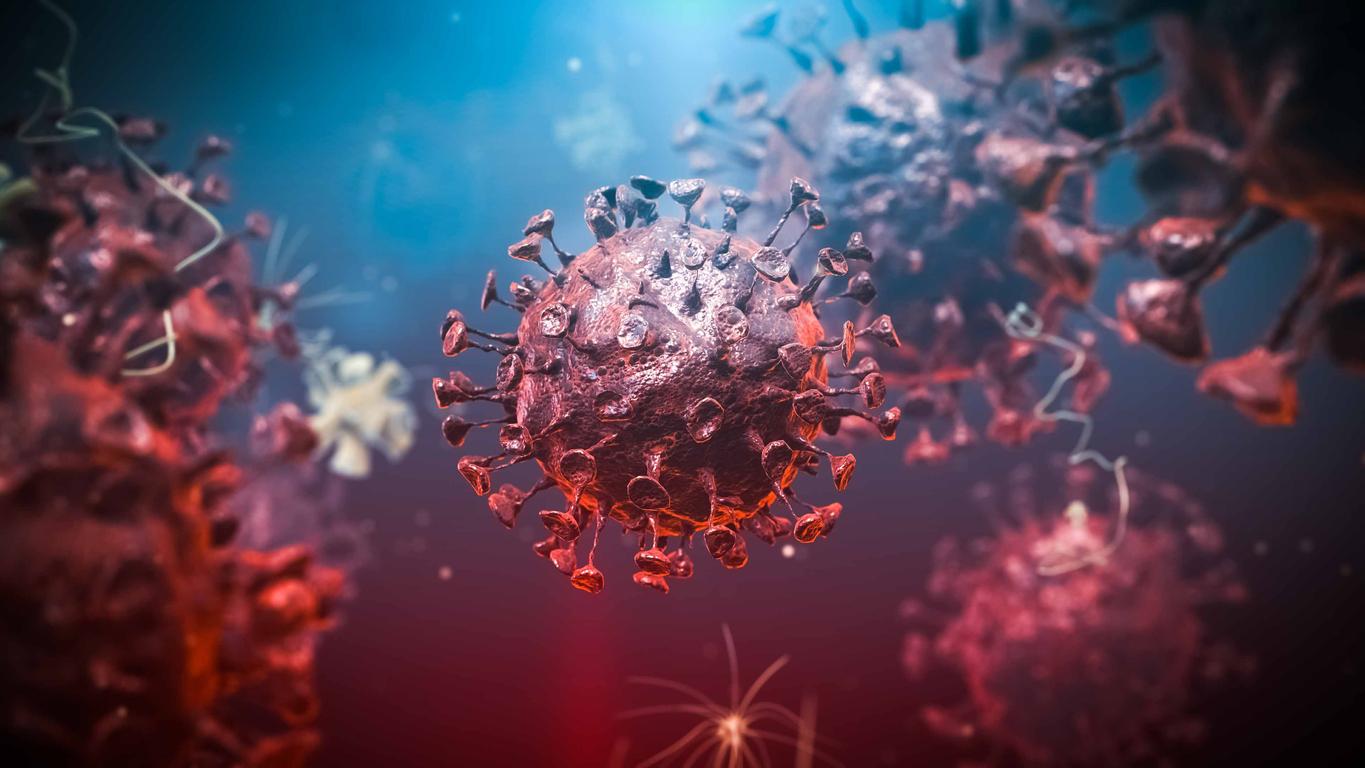Several cases of animal contamination by different variants of SARS-CoV-2 of human origin have been reported, which worries the National Academy of Medicine.

- Covid contaminations are falling very slightly, while remaining at nearly 130,000 per day on average over a week.
- Currently, more than 24,000 people are hospitalized, including 1,648 in critical care.
In a press release, the National Academy of Medicine emphasizes the risk represented by the animal reservoir of SARS-CoV-2 and its potential role in the emergence of new variants by mutation or recombination.
“While more and more animal species susceptible to infection by SARS-CoV-2 were identified under natural or experimental conditions, the risk of zoonosis was suspected by the National Academy of Medicine from the origin of the pandemic, then confirmed when the Netherlands demonstrated contamination of humans by farmed mink”, writes the institution in a press release.
Several cases of animal contamination
Subsequently, several cases of animal contamination by different variants of SARS-CoV-2 of human origin have been reported, affecting a wide variety of species among pets, livestock or wildlife. Zoo animals (big cats, great apes, hippopotamus, otter) have been contaminated by their keepers. In India, a free-ranging wild leopard was also infected with the Delta variant.
Although cases of contamination of dogs and cats by humans are sporadic, “the constitution of a reservoir of virus in nomadic cats remains possible due to their contact with the liminal fauna of wild origin, still little studied, and the sensitivity of felids to the different variants of SARS-CoV-2”, doctors judge. “Among new companion animals, a natural infection in two rabbits by SARS-CoV-2 has been reported in France”, they recall.
In Hong Kong, in January 2022, golden hamsters, imported from the Czech Republic via the Netherlands, would have been at the origin of an epidemic focus by the Delta variant which started in a pet store employee before reaching 58 people. Since the farmed mink episode, this is the first time that contamination of hamsters of human origin has been followed by transmission back to humans, then by epidemic spread by human-to-human transmission. “The high susceptibility of the hamster to SARS-CoV-2 designates this pet as a potential reservoir. In addition, the investigation carried out around this epidemic focus reveals that the international trade in pets represents a risk of long-distance dissemination. of SARS-CoV-2”, says the National Academy of Medicine.
Recommendations
This is why the National Academy of Medicine recommends:
· to maintain continuous surveillance of infections detected in domestic animals as well as in wild and introductory animals susceptible to SARS-CoV-2;
· carry out systematic sequencing for each case found positive by RT-PCR;
· to warn infected people, symptomatic or not, that they must also apply isolation measures vis-à-vis animals living in their surroundings;
· to inform hunters, forestry workers and anyone carrying out an activity in contact with wild and liminal fauna (specialised care centres, zoos, etc.), as well as visitors to animal parks, about the zoonotic risks incurred.
.








